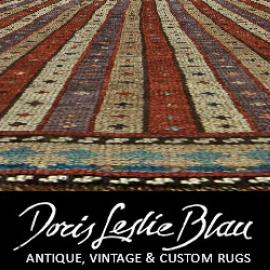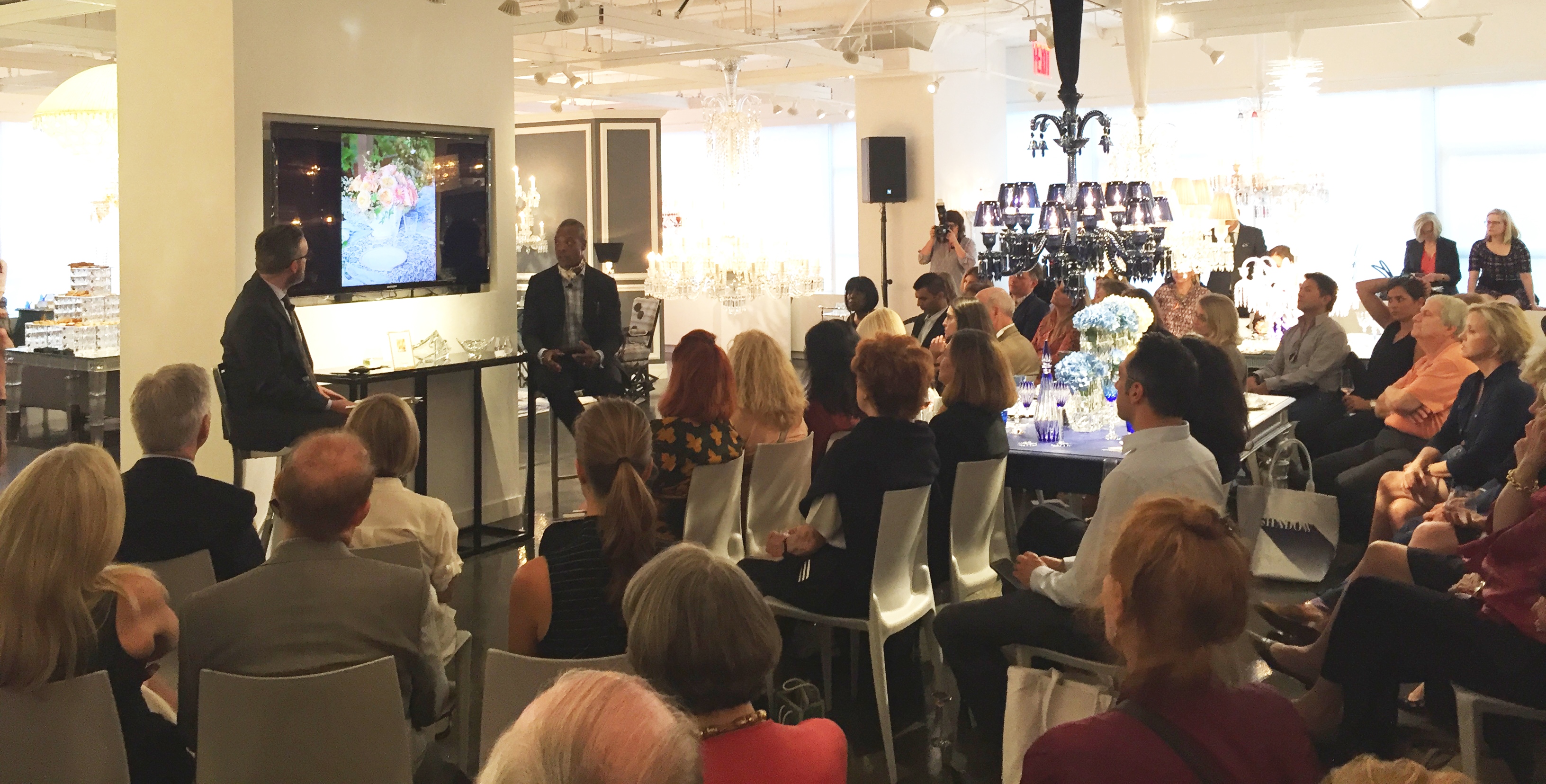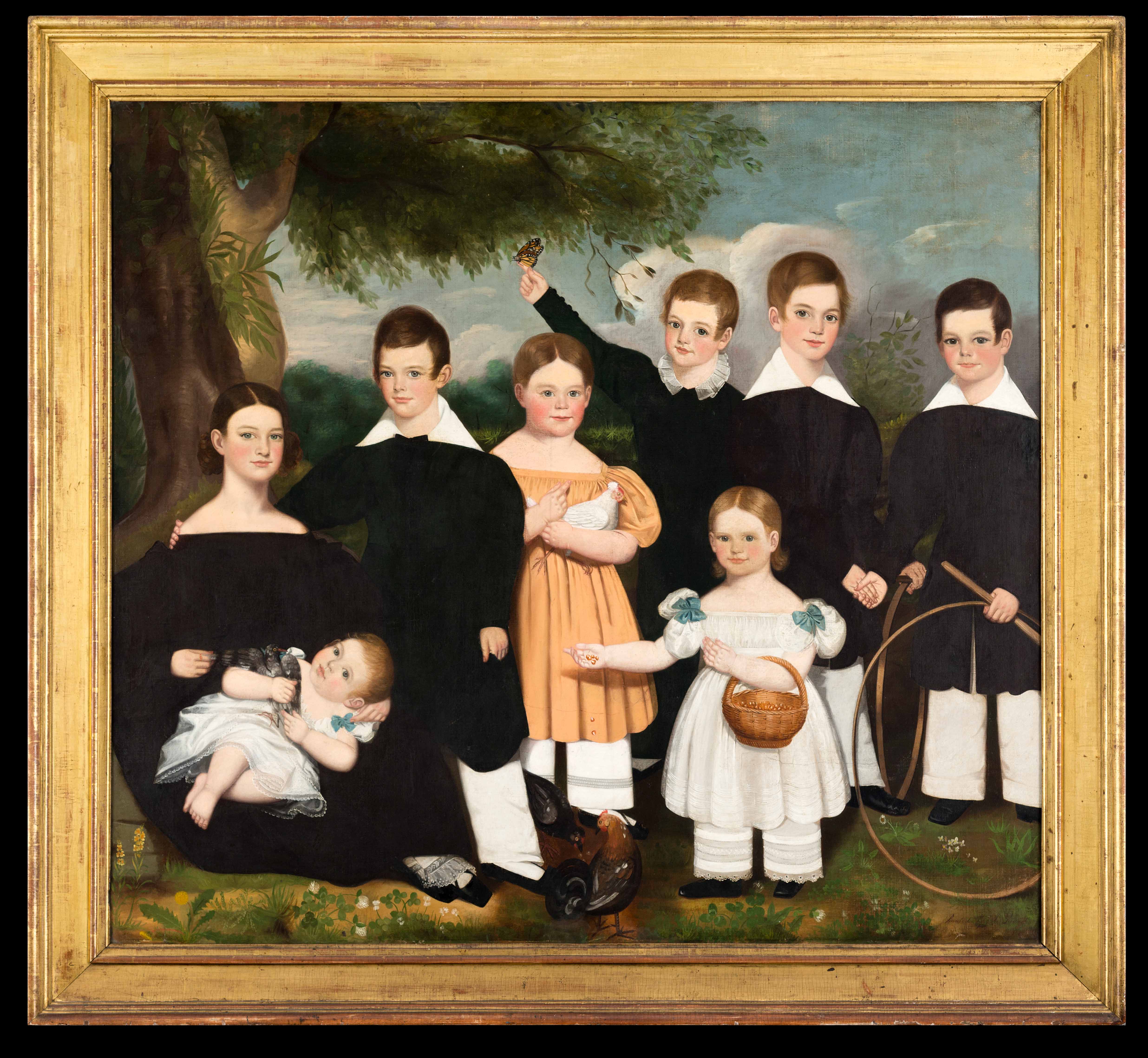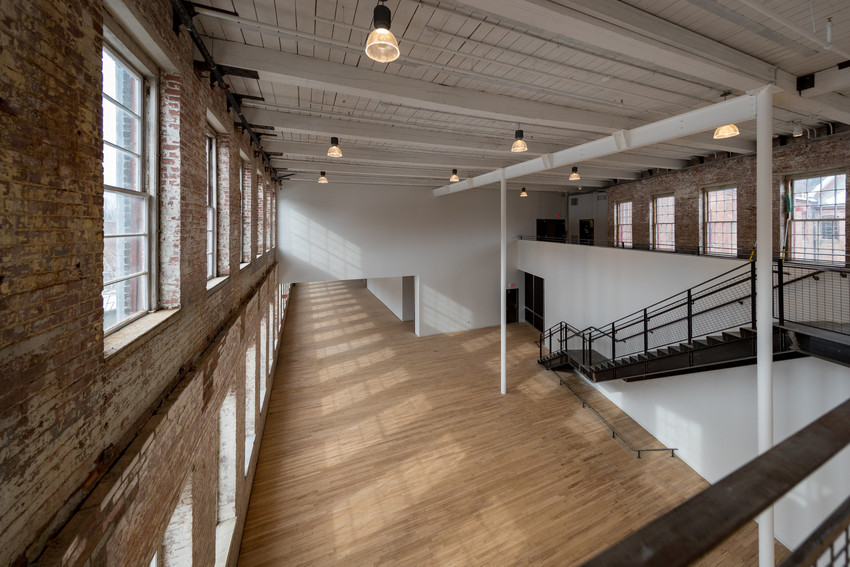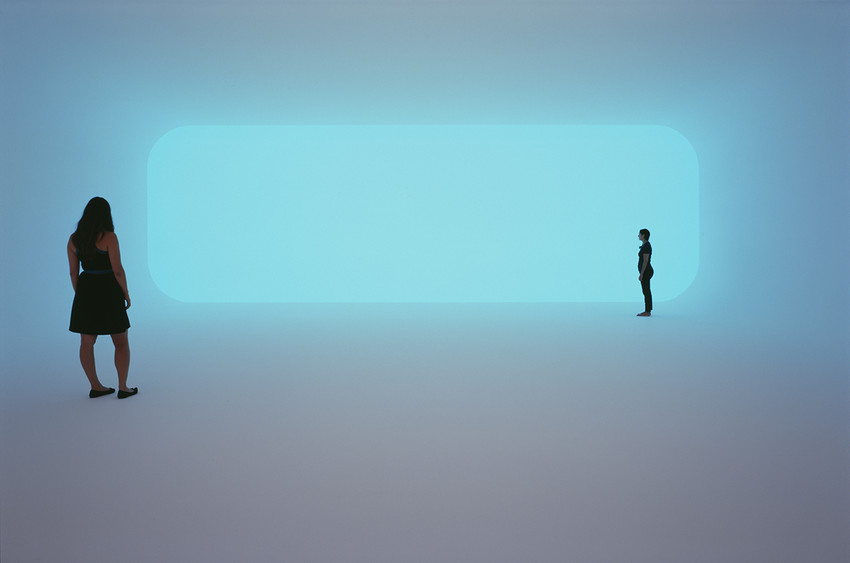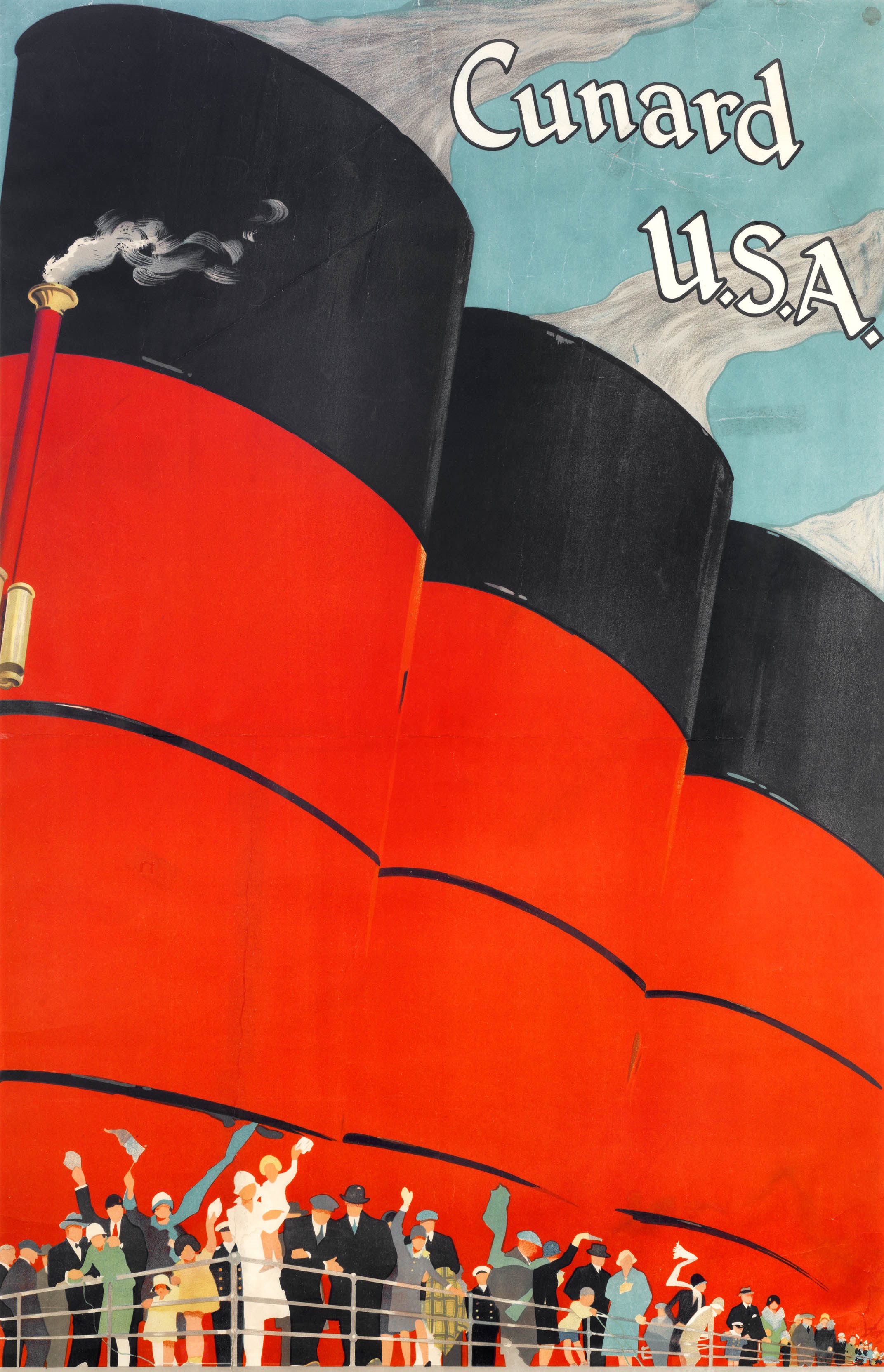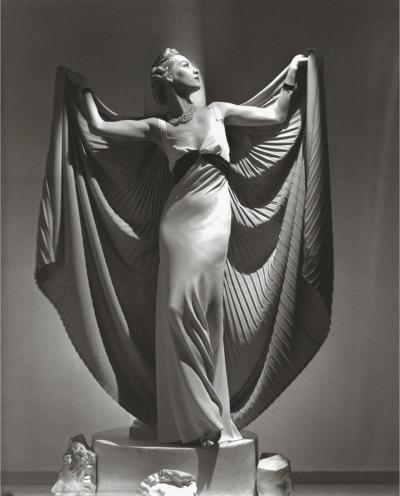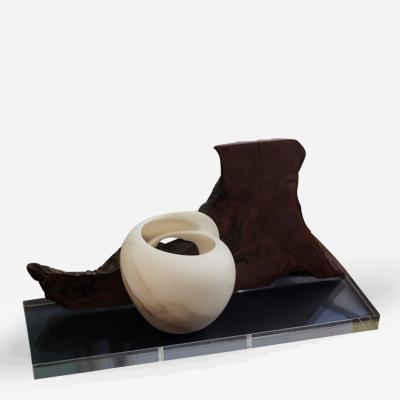This Week’s Events: DDB Spring Market, American Folk Portraits, California Landscapes, Expansion at MASS MoCA, & More
New York
DDB Spring Market 2017: Art x Design
May 24, 2017
Decoration & Design Building (D&D Building)
979 Third Avenue, New York, NY
For more information, visit ddbuilding.com
The worlds of art and design have always been close bedfellows. This Wednesday they will rub elbows once again at the DDB Spring Market, a jam-packed showcase of collectible masterpieces and accessible decorative works. Held in the world-renowned Decoration and Design Building in the Upper East Side of Manhattan, this year’s program will be the first ever to revolve around a singular theme, appropriately dubbed “Art x Design.”
Featuring a trio of keynotes on subjects spanning from twentieth century art to modern set design in television and film, as well as 14 in-showroom programs, 2 interactive, art-infused special events, and 58 open houses, this year’s Spring Market presents a great opportunity for art and design aficionados and collectors to learn the ins and outs of sourcing attainable art, as well as art’s role in design and vice versa.
California
Dusk till Dawn
May 27-September 28,2017
The Irvine Museum Collection at the University of California, Irvine
18881 Von Karman Ave., Suite 100, Irvine, CA
For more information, call 949.476.0294 or visit irvinemuseum.org
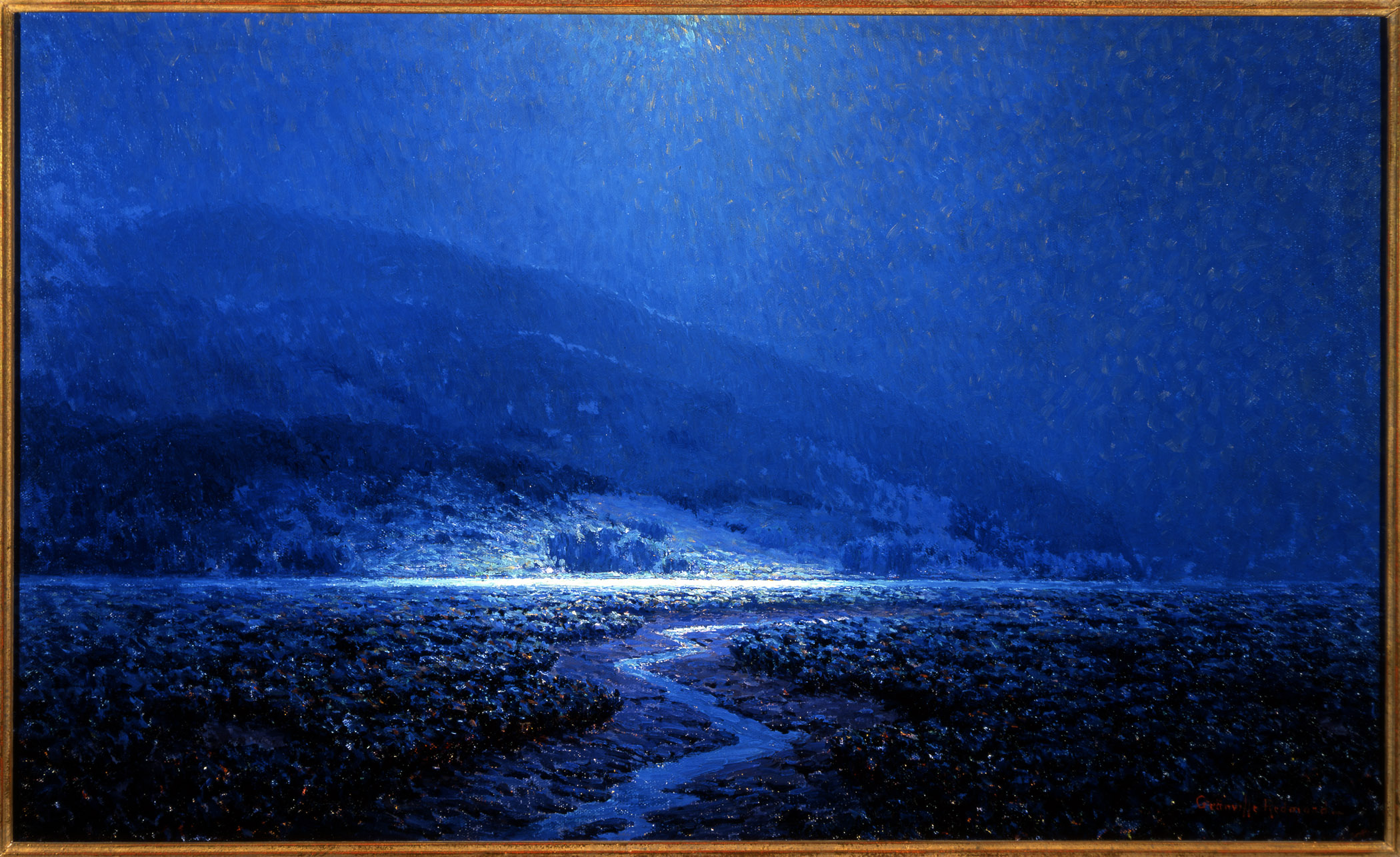
- "Moonlight Marsh" by Granville Redmond (1871-1935), n.d. Oil on canvas, 26 x 43 inches. Courtesy The Irvine Museum Collection at the University of California, Irvine.
When we think of landscape painting, we often tend to picture sprawling, sun-soaked vistas or densely-packed forests of yellow and green -- in essence, scenes in which daylight plays a major factor. The Irvine Museum Collection, however, is taking the opposite approach with Dusk till Dawn, a collection of works from such award-winning painters as Paul Starrett Sample and Granville Redmond, which depict the California landscape in those waning moments of sunset and sunrise, or at night altogether.
Donated to the University of California, Irvine, in November of 2016, these spectral, yet serene impressionist illustrations made for the largest single art donation in the university's history, and will be featured in the institution’s upcoming exhibition.
Virginia
We the People: American Folk Portraits
May 2017-December 2020
Abby Aldrich Rockefeller Folk Art Museum
326a West Francis Street, Williamsburg, VA
For more information, visit colonialwilliamsburg.com
The history of folk art is a rich and diverse one tracing back to the late eighteenth century, when artists with little to no academic training were commissioned to paint portraits of families, individuals, and children. These portraits provide a window into a bygone era when viewed through our current cultural lens -- how these ordinary people lived, what they wore, and what they valued -- making them a favorite among both everyday museum visitors and seasoned art authorities.
There is perhaps no more celebrated a collection of these beloved paintings than at the Abby Aldrich Rockefeller Folk Art Museum in Williamsburg, Virginia, which continues to ring in its 60th anniversary this year with We the People: American Folk Portraits, a long-term exhibition of more than 30 works.
“The beauty of this exhibition is that it provides us with the platform to exhibit long-term favorite portraits from the collection alongside new acquisitions,” said Laura Pass Barry, Juli Grainger curator of paintings, drawings and sculpture. One such example of the former can be seen above: Portrait of the Jennison Family by Jefferson Gauntt (1805-1864). Here, Gauntt brilliantly weaves each of the eight children born to the merchant William Jennison (1795-1866) through a web of physical connection -- be it a pair of overlapping arms, held hands, or otherwise -- and thus, portrays the strong bond held between these siblings in doing so.
Massachusetts
Harvard Art Museums Acquires Important Collection of Photographs
May 2017
Harvard Art Museums. 32 Quincy Street, Cambridge, MA
For more information, visit harvardartmuseums.org
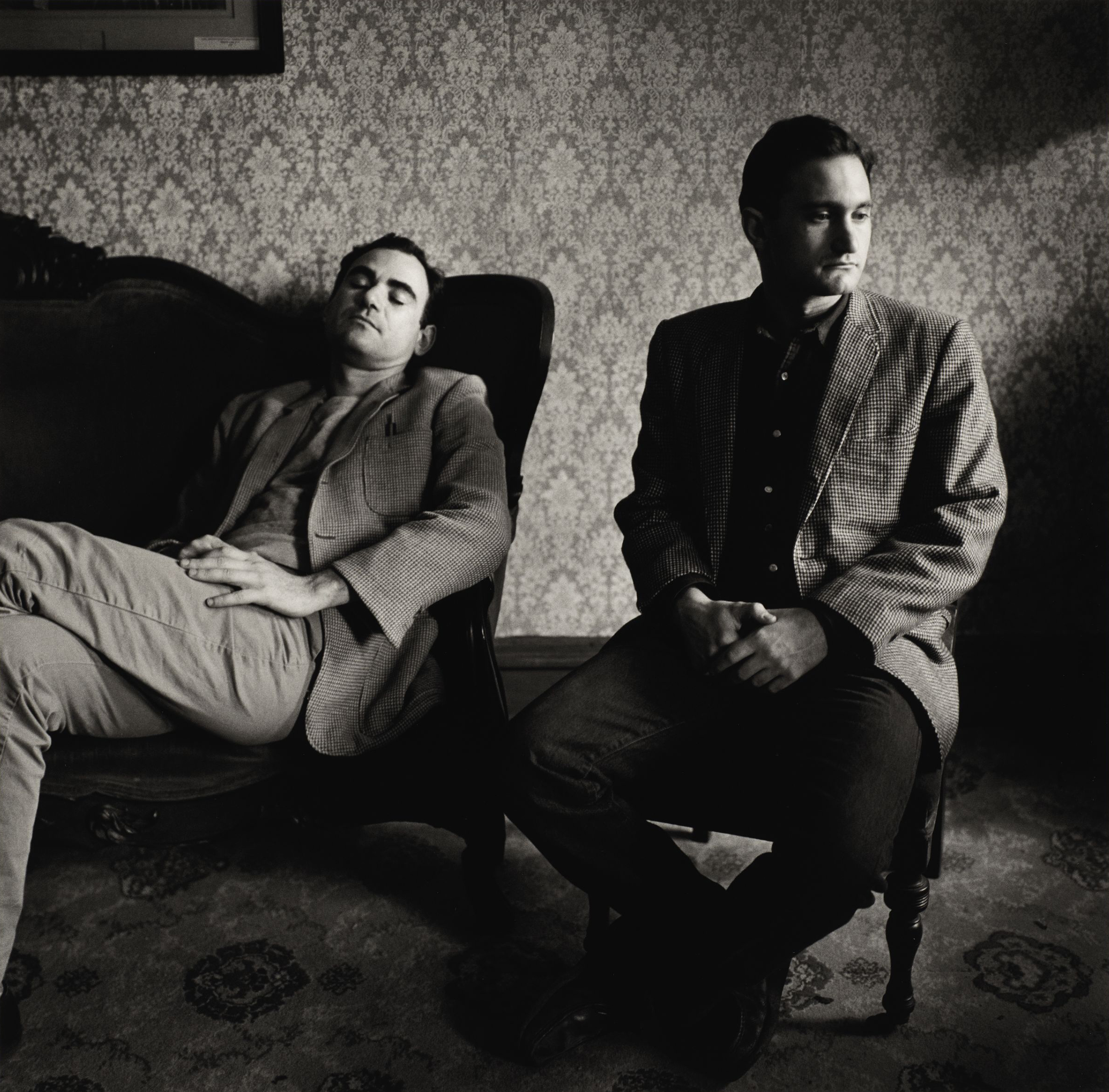
- Peter Hujar, “John Erdman and Gary Schneider at Mohonk Mountain House,” 1984. Pigmented ink print. Harvard Art Museums/Fogg Museum, Schneider/Erdman Printer's Proof Collection, partial gift, and partial purchase through the Margaret Fisher Fund (2016.172). Artwork © Peter Hujar Archive. Image © President and Fellows of Harvard College.
South African photographer Gary Schneider and film/theater performer John Erdman first formed the Manhattan-based photofinishing laboratory that bears their names in 1981. More than two decades ago, they visited the Agnes Mongan Center, which houses The Harvard Art Museums’ works on paper, and began focusing their collection efforts on European photographic prints. The iconic duo has recently offered a combined gift and purchase collection of 443 printer’s proof photographs, test prints, glass plate negatives, and more, resulting in the museums now being a key resource for the study, research, and interpretation of contemporary photography.
The collection will be featured in the 2018 exhibition Analog Culture: Printer’s Proofs from the Schneider/Erdman Photography Lab, 1981–2001. Described as a “true study collection” by Schneider himself, Analog Culture spans from the inception of Schneider/Erdman Inc., through the explosion of the printmaking process in the years that followed, and into to the early aughts, featuring a large collection of proofs that Schneider and Erdman set aside from each edition of photographs that the former made in conjuction alongside influential photographers like Richard Avedon, Peter Campus, Lorna Simpson, Matthew Barney, and many more.
“We are extraordinarily lucky to have such a deep and strong relationship with these two thought-provoking artists and master craftsmen,” said Martha Tedeschi, the Elizabeth and John Moors Cabot Director of the Harvard Art Museums. “Through their generosity and commitment, Gary and John have helped preserve the knowledge and processes of photographic printmaking in the 1980s and ’90s for the benefit of generations to come.”
MASS MoCA Expansion: The Newly Renovated Building 6
May 28, 2017
1040 Mass MoCA Way, North Adams, MA
For additional information, call 413.662.2111 x1 or visit massmoca.org.
Already considered one of the preeminent art galleries of New England, MASS MoCA will be expanding in a big, big way this week with the opening of Building 6, a 130,000 square foot converted factory building that will nearly double the establishment’s gallery footprint and add new art fabrication workshops, performing artists’ support facilities, musical festival amenities, and other programmatic capacities.
Sitting on the western perimeter of MASS MoCA’s campus, Building 6 will serve as a centerpiece for a revolving series of exhibitions and extended installations in collaboration with preeminent artists like James Turrell, a trailblazer in the Southern California Light and Space movement, and Laurie Anderson, an avant-garde multimedia artist, composer, poet, filmmaker, and musician (to name a few of her many talents) known the world over, and Sol LeWitt, the heralded minimalist and conceptual artist whose career-spanning exhibition, A Wall Drawing Perspective, will cover over an acre of wall space on three floors in the heart of MASS MoCA’s campus.
Ocean Liners: Glamour, Speed, and Style
Through October 9, 2017
Peabody Essex Museum, One East India Square, Salem, MA
For more information, visit pem.org
From the mid-19th century through the mid-20th century, ocean liners served as symbols of idealized society and new ways of living. The shift in consumer perception, from ocean travel being seen as dirty and dangerous to one of glamour, was in large part due to strategic advertising campaigns that employed large-scale, full-color posters that reflected advances in color lithography. Overseas travel was also depicted in movies, as ship models, and in brochures, all intended to attract potential travelers to partake in a romanticized lifestyle, even if briefly.
These floating, societal microcosms were showcases of technology, opulence and sophistication and formed the intersection of progressive design and popular culture’s aspirations. Competition within the industry encouraged each new liner to be larger, faster, and the emobodiment of modernity, with progressive interiors of the latest fashion and finest designs. Says curator Dan Finamore, "Choosing which vessel to travel on was a way for passengers to select a fantasy experience."
This international exhibition is co-organized by the Peabody Essex Museum and the Victoria and Albert Museum. Nearly 200 works are brought together, including interiors, artwork, posters, furnishings, lighting, and film from an era where ocean liners and fantasy were one.








